Sealife guideOcean giants: exploring the sea mammalsMarine vertebrates
Last updated on 10/16/2025 at 11:50 PM
Marine mammals include notably the cetaceans such as whales, dolphins, orcas and sperm whales, as well as pinnipeds like seals, walruses, sea lions and finally the sirenia which include manatees.
Marine mammals are characterized by a respiratory system made up of lungs. They therefore need to regularly surface to breathe.
Cetaceans
Cetaceans comprise more than 80 different species and are divided into two subgroups: the baleen whales, also called Mysticetes and the toothed whales, also called Odontocetes.
Baleen whales

Anatomy of baleen whales
Toothed whales
There are about thirty species of dolphins, all grouped within the family of Delphinidae.
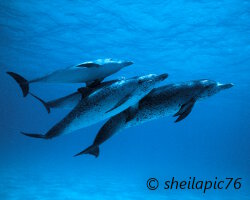
Atlantic spotted dolphin
(Stenella frontalis)
(Stenella frontalis)
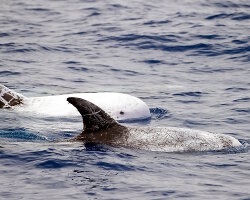
Rissos dolphin
(Grampus griseus)
(Grampus griseus)

Spinner dolphin
(Stenella longirostris)
(Stenella longirostris)
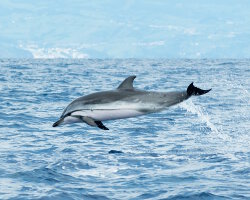
Striped dolphin
(Stenella coeruleoalba)
(Stenella coeruleoalba)
Pinnipeds
Mammals between land and sea
Pinnipeds include the well-known seals, sea lions and walruses, as well as the lesser-known sea lions and elephant seals. They are marine mammals perfectly adapted to aquatic life while maintaining a strong connection to land. Their name literally means « feathered feet », a reference to their limbs transformed into true flippers, which allow them to swim with remarkable agility. Under their skin, a thick layer of blubber protects them from the cold and serves as an energy reserve during long periods spent in icy waters.
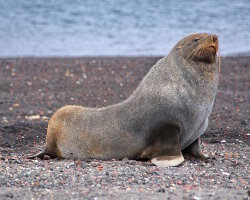
Antarctic fur seal
(Arctocephalus gazella)
(Arctocephalus gazella)
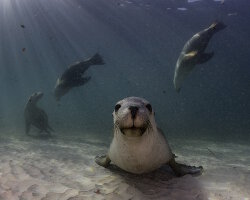
Australian sea lion
(Neophoca cinerea)
(Neophoca cinerea)
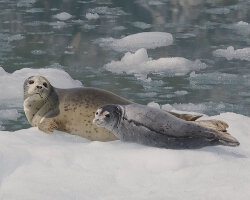
Harbor seal
(Phoca vitulina)
(Phoca vitulina)
Champions of adaptation
Whether resting on the ice floes, diving hundreds of meters deep, or moving gracefully among the waves, pinnipeds are true champions of adaptation. Sea lions use their front flippers to move on land, while seals, less agile on land, excel in diving. The walrus, with its massive ivory tusks, stands out for its Arctic lifestyle and shellfish-based diet. These animals, both powerful and graceful, perfectly illustrate the successful transition between terrestrial and marine life.
Discover sea mammals
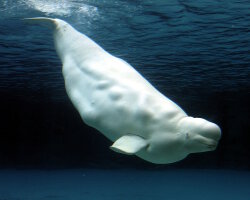
Beluga
(Delphinapterus leucas)
(Delphinapterus leucas)

Dugong
(Dugong dugon)
(Dugong dugon)
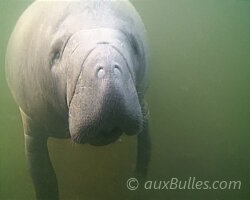
Florida manatee
(Trichechus manatus latirostris)
(Trichechus manatus latirostris)
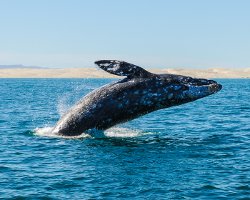
Gray whale
(Eschrichtius robustus)
(Eschrichtius robustus)

Narwhal
(Monodon monoceros)
(Monodon monoceros)

Rissos dolphin
(Grampus griseus)
(Grampus griseus)

Spinner dolphin
(Stenella longirostris)
(Stenella longirostris)

Striped dolphin
(Stenella coeruleoalba)
(Stenella coeruleoalba)
Our latestUpdates
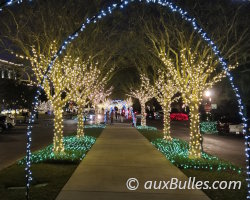
Friday, December 19th 2025
The magic of Christmas decorations
Discover Christmas decorations in Florida: giant trees, illuminated palm trees, magical light displays and tropical settings to experience the holiday magic under the sun.
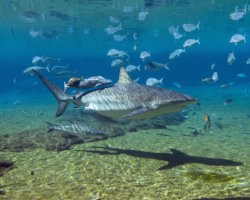
Monday, December 15th 2025
The dusky shark
Discover the dusky shark, one of the world's largest coastal sharks, and learn why this powerful predator is essential to marine ecosystems.

Friday, December 12th 2025
Christmas magic at Disney hotels
Experience the magic of Christmas at Disney hotels: enchanting decorations, giant Christmas trees, dazzling lights and a festive holiday atmosphere.
Photo of the Day

Poisson pégase
(Eurypegasus draconis)
(Eurypegasus draconis)
